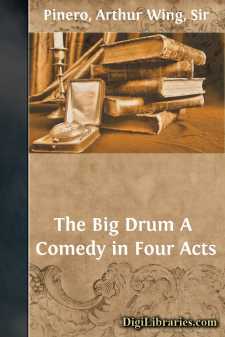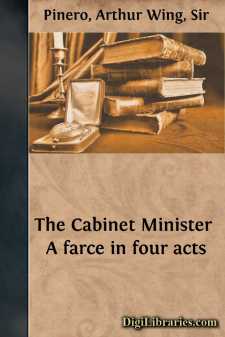Categories
- Antiques & Collectibles 13
- Architecture 36
- Art 48
- Bibles 22
- Biography & Autobiography 816
- Body, Mind & Spirit 145
- Business & Economics 28
- Children's Books 17
- Children's Fiction 14
- Computers 4
- Cooking 94
- Crafts & Hobbies 4
- Drama 346
- Education 58
- Family & Relationships 59
- Fiction 11834
- Foreign Language Study 3
- Games 19
- Gardening 17
- Health & Fitness 34
- History 1378
- House & Home 1
- Humor 147
- Juvenile Fiction 1873
- Juvenile Nonfiction 202
- Language Arts & Disciplines 89
- Law 16
- Literary Collections 686
- Literary Criticism 179
- Mathematics 13
- Medical 41
- Music 40
- Nature 179
- Non-Classifiable 1768
- Performing Arts 7
- Periodicals 1453
- Philosophy 66
- Photography 2
- Poetry 897
- Political Science 203
- Psychology 45
- Reference 154
- Religion 516
- Science 126
- Self-Help 85
- Social Science 82
- Sports & Recreation 34
- Study Aids 3
- Technology & Engineering 59
- Transportation 23
- Travel 463
- True Crime 29
Our website is made possible by displaying online advertisements to our visitors.
Please consider supporting us by disabling your ad blocker.
The 'Mind the Paint' Girl A Comedy in Four Acts
Categories:
Description:
Excerpt
THE FIRST ACT
The scene is a drawing-room, prettily but somewhat showily decorated. The walls are papered with a design representing large clusters of white and purple lilac. The furniture is covered with a chintz of similar pattern, and the curtains, carpet, and lamp-shades correspond.
In the wall facing the spectator are two windows, and midway between the windows there is the entrance to a conservatory. The conservatory, which is seen beyond, is of the kind that is built out over the portico of a front-door, and is plentifully stocked with flowers and hung with a velarium and green sun-blinds. In the right-hand wall there is another window and, nearer the spectator, a console-table supporting a high mirror; and in the wall on the left, opposite the console-table, there is a double-door opening into the room, the further half of which only is used.
In the entrance to the conservatory, to the right, there is a low, oblong tea-table at which are placed three small chairs; and near-by, on the left, are a grand-piano and a music-stool. Against the piano there is a settee, and on the extreme left, below the door, there is an arm-chair with a little round table beside it. At the right-hand window in the wall at the back is another settee, and facing this window and settee there is a smaller arm-chair.
Not far from the fire-place there is a writing-table with a telephone-instrument upon it. A chair stands at the writing-table, its back to the window in the wall on the right; and in front of the table, opposing the settee by the piano, there is a third settee. On the left of this settee, almost in the middle of the room, is an arm-chair; and closer to the settee, on its right, are two more arm-chairs. Other articles of furniture—a cabinet, “occasional” chairs, etc., etc.—occupy spaces against the walls.
On the piano, on the console-table and cabinet, on the settee at the back, on the round table, and upon the floor, stand huge baskets of flowers, and other handsome floral devices in various forms, with cards attached to them; and lying higgledy-piggledy upon the writing-table are a heap of small packages, several little cases containing jewellery, and a litter of paper and string. The packages and the cases of jewellery are also accompanied by cards or letters.
A fierce sunlight streams down upon the velarium, and through the green blinds, in the conservatory.
[Note: Throughout, “right” and “left” are the spectators’ right and left, not the actor’s.]
Lord Farncombe, his gloves in his hand, is seated in the arm-chair in the middle of the room. He is a simple-mannered, immaculately dressed young man in his early twenties, his bearing and appearance suggesting the soldier. He rises expectantly as Gladys, a flashy parlourmaid in a uniform, shows in Lionel Roper, a middle-aged individual of the type of the second-class City man.
Roper.
To Farncombe. Hul-lo! I’m in luck! Just the chap I’m hunting for. Shaking hands with Farncombe. How d’ye do, Lord Farncombe...?







